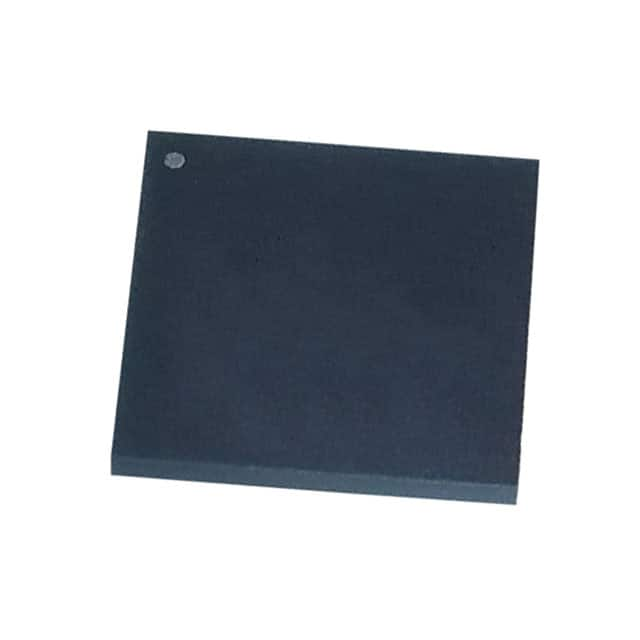AnDAPT, Inc. AMP8DS1QF74
- AMP8DS1QF74
- AnDAPT, Inc.
- MULTI-RAIL POWER PLATFORM 1A
- PMIC - Power Management - Specialized
- AMP8DS1QF74 Datasheet
- 74-PowerWFQFN
- Tape & Reel (TR)
-
 Lead free / RoHS Compliant
Lead free / RoHS Compliant - 22199
- Spot Inventory / Athorized Dstributor / Factory Excess Stock
- 1 year quality assurance 》
- Click to get rates
| Part Number AMP8DS1QF74 |
| Category PMIC - Power Management - Specialized |
| Manufacturer AnDAPT, Inc. |
| Description MULTI-RAIL POWER PLATFORM 1A |
| Package Tape & Reel (TR) |
| Series - |
| Voltage - Supply 12V |
| Operating Temperature -40°C ~ 85°C (TA) |
| Mounting Type Surface Mount |
| Package / Case 74-PowerWFQFN |
| Supplier Device Package 74-QFN (8x8) |
| Current - Supply 1A |
| Applications Battery Charger, Jinftrytal Power Management, Power Component Integrator |
| Package_case 74-PowerWFQFN |
AMP8DS1QF74 Guarantees



• Prompt Responsiveness
• Guaranteed Quality
• Global Access
• Competitive Market Price
• One-Stop support services of supply chain
Jinftry, Your most trustworthy component supplier, welcome to send us the inquiry, thank you!
Do you have any questions about AMP8DS1QF74 ?
Feel free to contact us:
+86-755-82518276
+8615019224070, annies65, +8615118125813
568248857, 827259012, 316249462
+8615019224070, +8615118118839, +8615118125813
( Email first will be appreciative )
Customer reviews
AnDAPT, Inc.

AMP8DS3QF74
MULTI-RAIL POWER PLATFORM 3A

AMP8DS6QF74
MULTI-RAIL POWER PLATFORM 3A

AND8240QF65
MULTI-RAIL POWER PLATFORM 3A

AND8302QF65
MULTI-RAIL POWER PLATFORM 3A

AND8400QF65
MULTI-RAIL POWER PLATFORM 3A

AND8320QF65
MULTI-RAIL POWER PLATFORM 3A

AND8204QF65
MULTI-RAIL POWER PLATFORM 3A

AMP8D6QF65
MULTI-RAIL POWER PLATFORM 3A




















